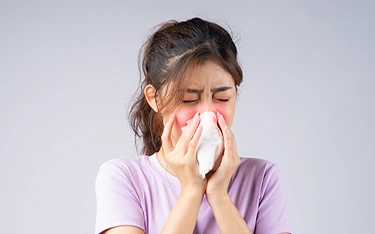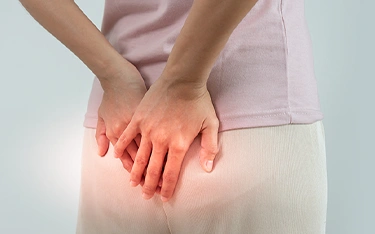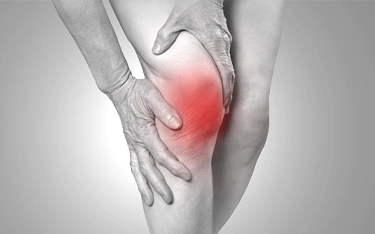Living with piles is not just about pain during bowel movements. It is about the constant fear of flare-ups, the embarrassment of bleeding, and the discomfort that lingers long after. Many people unknowingly worsen their symptoms by eating the wrong foods. If you are struggling with haemorrhoids, your diet may be playing a bigger role than you think.
At Dr Batra’s®, we help treat piles from the root through safe, natural homeopathy. Alongside personalised medicine, we guide patients on diet and lifestyle changes to support healing. With over 350 doctors and 200+ clinics globally, we are committed to helping you find long-term relief without surgery.
Foods to Be Avoided for Piles
Here are the top foods to avoid in piles that can worsen pain, bleeding, and constipation:
- Spicy foods: Increase inflammation, making bowel movements more painful
- Cheese and dairy: Can harden stools and slow digestion
- Red meat: Difficult to digest, leads to constipation
- Alcohol: Dehydrates the body, worsening piles
- Caffeinated drinks: Cause dehydration and bowel irritation
- Processed foods: Lack fibre and promote constipation
- Fried and junk food: Slow down digestion and inflame the rectal area
Avoiding these items can significantly ease the discomfort associated with piles.
Insights into a global study
A study published on ResearchGate found that individualised homeopathic treatment significantly reduced symptoms like bleeding, pain, and heaviness in haemorrhoid patients over 6 months.
Piles Food to Avoid Daily
In India, piles are a common concern, particularly given our fondness for spicy food, deep-fried snacks, and irregular meal habits. Many traditional and urban diets unknowingly contribute to digestive stress. If you have piles, avoiding these daily foods can make a big difference:
- Street food: with artificial flavours, excess oil, and low hygiene
- Refined grains: like white bread, maida-based snacks, and noodles
- Mithai and sugary items: such as rasgulla, jalebi, or excessive tea with sugar
- Pickles and vinegar-rich achar: which irritate the digestive lining
- Frozen meals and packed namkeens: which lack fibre
- Rich dishes: loaded with ghee, cream, or butter, especially in festive or wedding meals
Shifting to homemade, fibre-rich meals with dal, sabzi, fruits, and whole grains is key to easing piles symptoms naturally.
Dr Batra’s® pro tip:
Hemorrhoids affect nearly 1 in 2 people by age 50, with risk increasing with age. Homeopathy provides long-term relief by addressing the underlying cause and alleviating symptoms, such as bleeding, pain, and itching, without adverse side effects.
Why Certain Foods Worsen Piles
The most significant cause of piles is constipation, and the foods you eat play an essential role in either relieving or triggering it. Low-fibre diets lead to hard stools that strain the anal veins. Spicy or processed foods increase inflammation, while caffeine and alcohol dehydrate your body.
Avoiding these foods helps:
- Prevent constipation.
- Reduce pressure on the rectal veins.
- Promote smooth bowel movements.
- Minimise bleeding and discomfort.




